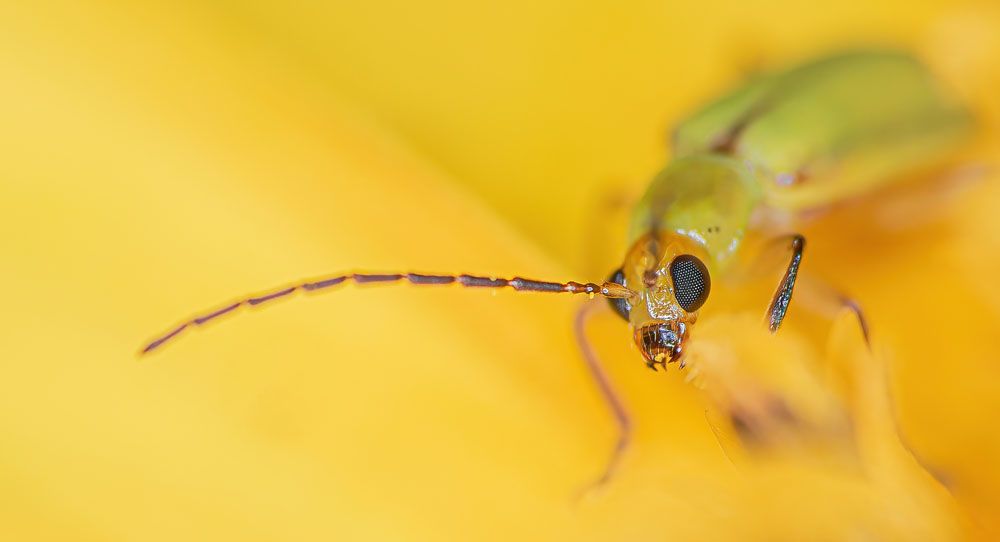
Northern Corn Rootworm – Diabrotica barberi
Northern Corn Rootworm – Diabrotica barberi.
Common Name: Northern Corn Rootworm
Latin Name: Diabrotica barberi
Appearance:
The Northern Corn Rootworm is a small beetle measuring about 1/4 to 1/3 inch long. It has a yellowish-green body with black stripes or spots on the wing covers (elytra). The head and antennae are also black.
- Egg:The eggs of the Northern Corn Rootworm are small, oval-shaped, and yellowish-white in color. They are typically laid in the soil near the base of corn plants.
- Pupae:The pupae of the Northern Corn Rootworm are also found in the soil. They are about 1/4 inch long and are enclosed in a complex, brown shell.
- Larva:The larva of the Northern Corn Rootworm is a white grub with a brown head. It has three pairs of legs and a distinctive C-shaped body. The larvae feed on the roots of corn plants, which can lead to significant yield losses.
- Adults:The adult Northern Corn Rootworm feeds on corn pollen and silks. They are active during summer and are most commonly found in cornfields.
